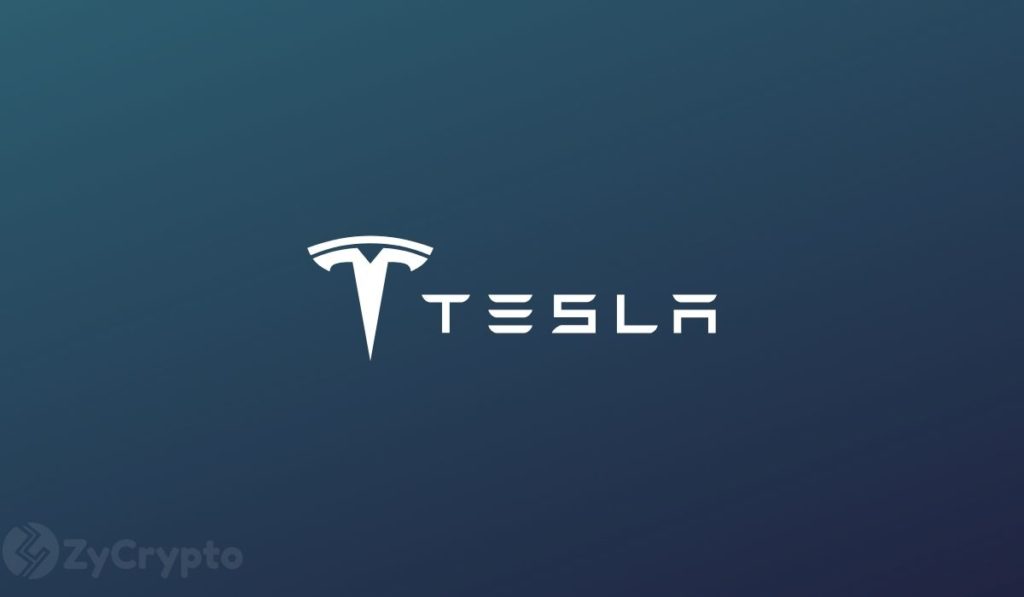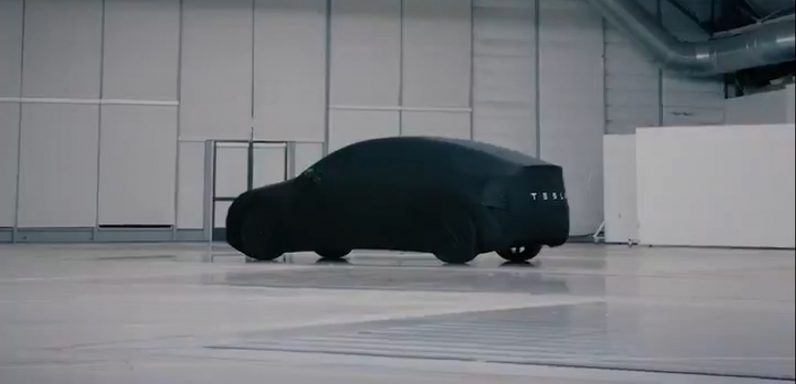2024-10-11 23:22 |
Since its inception, Tesla has continually pushed the boundaries of what’s possible, evolving from a niche electric vehicle (EV) manufacturer into the global leader in clean transportation. Today, Tesla is leading the charge toward full self-driving technology, a vision that could redefine how we navigate the world.
Over the past decade, Tesla’s achievements in EV design, production efficiency, and its global Supercharger network have made it a dominant force in the industry. Tesla’s vehicles, such as the Model S, 3, X, and Y, are not only known for their performance but also for their cutting-edge technology, which places it far ahead of competitors in the race toward autonomy.
We, RobotSource: Tesla
Tesla is set to unveil its long-awaited robotaxi at today’s “We, Robot” event, marking a significant step in Elon Musk’s ambitious vision for fully autonomous transport. The event, held at Warner Bros. Studios in Los Angeles, will showcase Tesla’s new autonomous vehicle, designed without a steering wheel or pedals, built purely for autonomous driving. Musk, known for his bold predictions, has hyped the event as a major leap forward for the future of transportation.
The robotaxi has faced years of delays. In 2019, Musk famously promised millions of robotaxis would be on the road by 2020, but technical and regulatory hurdles have slowed progress. Unlike competitors like Waymo and Cruise, which already have limited fleets of autonomous taxis, Tesla’s approach relies solely on camera-based technology rather than expensive sensors like radar and LiDAR. Critics argue this method is risky, but Musk remains confident in its potential.
Tesla’s event isn’t just about the robotaxi, though. There’s speculation Musk will surprise attendees with additional announcements, potentially showcasing Tesla’s Optimus robot, which would extend the company’s AI capabilities into physical tasks beyond driving. This could create excitement well beyond the automotive industry.
Full-Self DrivingAt the heart of Tesla’s self-driving innovation is its bold reliance on camera-based AI technology. Unlike competitors who use more costly sensors such as LiDAR and radar, Tesla’s Full-Self Driving (FSD) system relies solely on advanced cameras and deep neural networks. Musk has stated that this approach mirrors the way humans drive: by using their eyes and brain, or in Tesla’s case, cameras and AI. This has been a daring and, at times, controversial decision, but Tesla’s FSD software has shown immense promise, with millions of miles of real-world data feeding into its AI models. This has allowed Tesla’s vehicles to continuously improve their autonomous capabilities through software updates sent directly to customers’ cars.
Source: Tesla
The road to fully autonomous driving hasn’t been easy, and Musk has openly acknowledged that his predictions have been overly optimistic in the past. However, Tesla continues to make remarkable progress toward achieving full autonomy. Competitors like Waymo and Cruise have already deployed autonomous vehicles in select cities, but Tesla’s unique approach, backed by massive data collection from its fleet, positions it to eventually lead the industry.
The upcoming robotaxi is more than just another Tesla vehicle—it’s a symbol of Musk’s far-reaching vision for a future where cars drive themselves, and ownership models are replaced by shared, on-demand transportation. The robotaxi will have no steering wheel or pedals, reinforcing the idea of a future in which human drivers are obsolete. Tesla’s autonomous cars could revolutionize urban mobility, reduce accidents, and lower carbon emissions, marking a significant shift in the way we think about transportation.
But to make this vision a reality, Tesla has had to overcome a series of technological hurdles. Perfecting end-to-end learning models that allow AI to learn how to drive with greater reliability than humans requires not just hardware, but massive computational power and data analysis. Musk believes Tesla’s approach, which focuses on large-scale data collection from its vehicles, will ultimately provide a more scalable and cost-effective solution than competitors’ sensor-heavy models.
The technical feat of achieving reliable full self-driving technology goes beyond software; it involves creating a robust AI that can handle edge cases, such as unpredictable human behavior and complex environments. The unveiling of the robotaxi will be a glimpse into how Tesla plans to address these challenges, as well as its vision for the broader adoption of autonomous vehicles.
The Robotaxi event is at Warner Bros. Discovery’s movie studio in Burbank, California with remarks beginning at 7 p.m. PT.
Tesla will livestream the event on X and YouTube.
origin »
TeslaCoilCoin (TESLA) íà Currencies.ru
|
|








